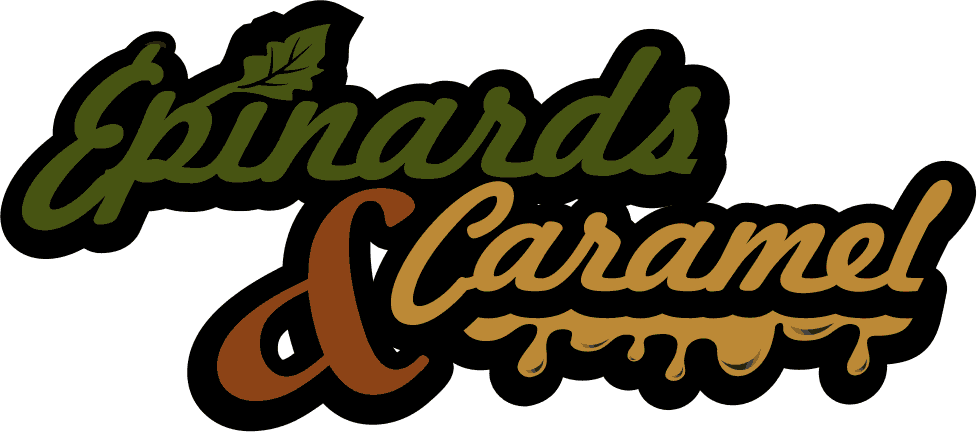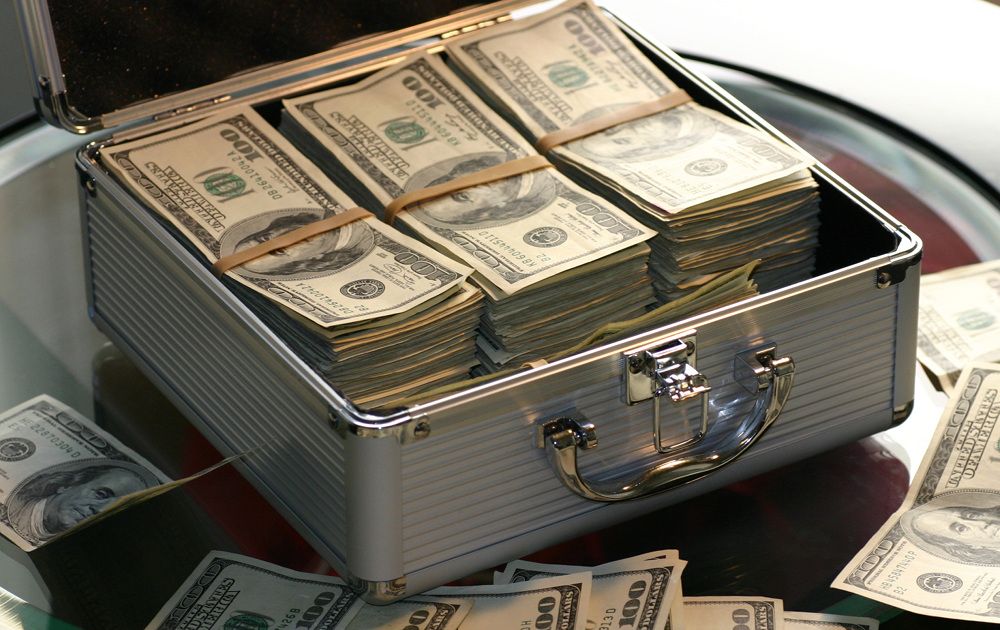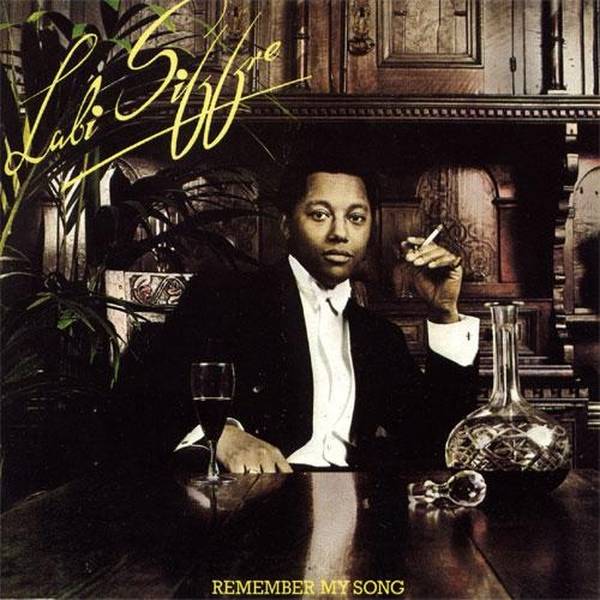Session 4: The Lab

Ah, the lab. Where invention happens, and where muppets come to life. Muppets ? Yeah, the first speaker of the session was Scooter, from the muppet movie. It was a brief but fun talk on special effects in movies, CGI versus puppets and small scale models.
The first human to take the stage was Regina Dugan, head of DARPA. Her talk was all about "being nice to nerds", and praising creativity and invention, that require people never to be afraid of failure.
She then gave a brief history on the invention of flight, from the wright brothers to the latest DARPA (darpa.mil) projects, an aircraft/missile that can travel at Mach 20 (!), the Minotaur IV, and a very small drone, flying like a hummingbird. As she puts it, "it took a lot of failure to get there".
DARPA is also working on incredible materials, very strong yet very light, and on tabacco plants that can be engineered to produce vaccines. Another famous project, the Internet, started as a few hubs between universities, to become the thing that connects the world.
Don't be afraid to go to the edges of science; "what would you attempt to do if you knew you couldn't fail ?".
Then it was time for some questions. Chris asked about the Minotaur IV rocket : "what will the payload be ? It's not necessarily just a camera ?". Answer : "No, not necesarly", whith some audience laughters as we remember that DARPA works primarily for the US military.
Keeping with the innovation theme of the session, the next presenter was Jack Choi, CEO of anatomage. They produce a big table with a tablet interface, that allows medical students to study anatomy. The 3D rendering and the details of the model are amazing, the user can cut anywhere, and zoom on anything in the virtual body. There's even an "x-ray model", where you can see how the body appears in a x-ray image. The controls leave a lot of room for improvement, though. Jack Choi had a little trouble selecting menu items and cutting where he wanted to, and he's the CEO of the company that produces the thing !


Marco Tempest (@virtualmagician) was next. He is an illusionist that uses technology in his acts. You may have seen his work already on youtube (link) or at TEDGlobal 2011. On stage, he showed a beautiful illustrated history of Tesla, the inventor.
Back to hardcore invention with the next speaker, professor Donald Sadoway, from MIT, gave a talk on his new type of giant battery, which would solve the problem of intermittency, which keeps wind and solar power from being more popular. A cheap, high capacity battery with a long life doesn't exist yet . In his own words, "We cannot conserve, drill, or bomb our way out, we got to invent our way out".
He looked outside electricity production and storage. He looked at something that consume electricity : aluminum smelting. From this research came the concept of a battery which used liquid metals.
 |
In a few years, Sadoway hopes to build batteries inside 12 meters long shipping containers, that would hold 2 million watt hours, "enough to meet the daily needs of 200 American households".

The next speaker, Henrik Schärfe, got stopped at customs, so he couldn't be there on time. To take his place at last minute, "Colin Robertson puts a whole new spin on spinning wheel". Haha, wink wink. This may or may not have been the work of Improv Everywhere.
To close "the Lab", Vijay Kumar (from the University of Pennsylvania) showed the robots he and his team have been working on. He holds in his hand a tiny drone, an extremely agile flying machine. The robot is capable of executing any curved trajectory, and can navigate obstacles, even moving ones.
They calculate their position hundreds of time per second, they move with the minimal amount of snap. I remember, from my physics classes, that by derivating the position vector you get the velocity, and by derivating that you get the acceleration. Turns out there is more : Derivating the acceleration gives the "jerk" (also known as jolt, surge and lurch), which can be derivated into the "snap" (or jounce, lol).

The robots are capable of a great sense of coordination, even though each drone only considers its close neighbors, like ants moving a piece of fruit : "A Swarm of Nano Quadrotors", youtube.com. Equipped with a camera and laser scanner, they can enter an unknown building and create a map of the interior. Amazing/Scary future :)
Session 5: The Earth
Session 5 was all about the beauty and fragiliy of our planet. It started with Karen Bass (bbcearth.com/people), a documentary filmmaker, working for the BBC show "Nature's Great Events" (on bbc.co.uk). She showed us some amazing images, reminiscent of the documentaries "Planet Earth" and "The Blue Planet". After a few minutes of awe-inspiring images, the photographer Sharon Beals (sharonbeals.com) took the stage, to reveal her pictures of bird's nests.
Wade davis (@authorWadeDavis) was next, and presented parts of British Columbia that the modern world seem to have had forgotten, until today, when the resources in this land's soil seem to have caught the attention of the Shell company. He is trying to raise awarness and save the region, with our help.

A mini talk followed. Ken Moji (@KenMogi) came to praise the spirit and resilience of the Japanese people, following the earthquake and tsunami that shook the country almost a year ago.
No session on the Earth would be complete without someone raising the alarm of global warming. James E. Hansen has been showing the evidence since the 80s; According to him the science has much more evidence today, yet some people still claim that the science is still "incomplete". It must be maddening.
On that note, The entrepreneur and energy theorist T. Boone Pickens was up next. He started by showing the world that dependence to foreign oil has created : The US, first importer of crude oil, is now the "oil police", with half it's aircraft carriers in the middle east. The united states need an energy plan. They need an energy source that is "theirs". They need … natural gas. Pickens advocates the use of another fossil fuel, as "[we] have to use something". On the controversial topic of fracking, he wanted to reassure, claiming having seen more than 3000 frack jobs since the fifties, without any incident. I don't know enough on the topic to know who to believe there.

Session 5 ended on a lighter note. Keeping on the topic of global warming, the Civilians, an investigative theater troupe from NYC, gave the first TED musical, with songs like "Margin of Error" (vimeo.com/33631675) and "Martha" (vimeo.com/34801325), it was a fun experience !
Session 6: The Crowd
"The Crowd" starts with a music number : Cameron Carpenter (@CameronOrganist) opens with "Slaughter on 10th Avenue". Wow, a digital organ is kind of a piano³, I wonder how much it costs.

The session jumps right into the topic with a talk by Reid Hoffman (linkedin.com/in/reidhoffman), founder of the social network "LinkedIn". He talked about social networks of course, especially in the workplace. "We're not climbing a ladder or riding an escalator, we're traveling multidimensional, interconnected networks". Thanks to the power of networks, Reid is linked to 2,600 people on LinkedIn, meaning that he has 15,000,000 people in his 3rd-degree connections !
The next short talk was from David Hornik, on the fact that he often forgets peoples names. I do that too ! Oh, but he's dyslexic, I have no excuse. But I join him in saying "I still love you, I just can't remember your name".
Next was the most "meta" speaker : Lior Zoref, with a crowd-sourced talk about crowd-sourcing. In his fun talk he mentioned multiple uses for crowd-sourcing such as a priest that uses it to write his sermons, or a mother using it to raise her kid. He showed its wisdom by asking the TED audience to guess the weight of a live bull on stage, the "TEDox". The average came very close to the real number (814 Kg) ! As john Lennon said, “A dream you dream alone is only a dream. A dream you dream together is reality”.

Can the government use crowd wisdom ? Jennifer Pahlka (@pahlkadot), of the Code for America initiative, thinks so. She and her team work to bring brilliant coders and innovators on government projects, which seem to always cost millions and suck hard. By thinking creatively, innovators can solve common cities or state problems, like the "adopt a hydrant" program, which makes people want to shovel snow in front of hydrants, in the winter.
What is TED itself doing, this year ? They have made talks available on Delta flights, on itunes U, they have created a iphone app (soon on android), have prepared a "TED radio hour" with NPR, and are now opening their API ! If you can think of a great use for all that data, go to labs.ted.com to present your idea. 50 API keys will be offered.

The following speaker was Frank Warren, founder of the blog PostSecret (@postsecret). He started by asking people he met to fill out postcards anonymously with one of their secrets, and to send them back to him. He now has a room full of them, and the website is the most visited advertisement-free blog in the world.

Steven Addis came to show the portraits he took, each year, of him and his daughter. The photos are very cute, and Steven encouraged people to ask others to take our picture, to "get in the shot".

The session came to a close with the performance of Reggie Watts (@reggiewatts), who was discovered in the TED audition, this spring. He has incredible hair, and his songs are, well, confusing.
He started like any other talk, except for the fact that he kept changing languages, like brother Salvatore in The Name of the Rose (who "speaks all languages and none"). I found his French very good, without much of an accent. The rest of the performance was beatboxing/sampling, a simple and yet very modern style of music.
Session 7: The City
The City opens with a short movie called "the city limits", featuring beautiful images of cities by night, and of the starry sky.

We've reached the half of this TED conference; it's time to award the TED prize, and to check on previous TED prize winners.
In 2008 the prize went to the Encyclopedia of Life project, and Cynthia Parr gave an update : the encyclopedia now lists 900,000 species, out of an estimated 1,900,000. Everything is free on EOL, and has been from the start, five years ago.
2009 was the year that SETISearch won; Arfon Smith came to the stage to present the new setilive.org, a website designed to crowedsource the search for interesting radio signals, in partnership with Zooniverse. You can also find them on twitter : @SETILive. Thanks to the Kepler space telescope, we now know of more than 3,000 exoplanets, and at least one Earth-like planet, Kepler 22-b.
Back to Earth in 2010, the year of the Mission Blue (@MissionBlue) project, aimed at protecting our oceans. Mission Blue started a series of initiatives, like the shark fin ban. More info on mission-blue.org.


Time for the 2011 TED prize winner, the French artist JR. So, can art change the world ? In 2011 the Inside Out project (@InsideOutProj) has printed photos to be used all around the world, in protest in Tunisia against the dictator, in Russia to advocate for gay rights, in North Dakota for native americans rights, on the border in Ciudad Juárez on the Mexican-USA border, in school projects, and much more. So can art change the world ? Maybe not in a year. But can art change people's lives ? yes. More info at insideoutproject.net.

This year's TED prize goes to an idea, the concept of the city 2.0. To explain the concept, TED has invited an economist, a mayor, and an urban planner.
The economist Edward Glaeser, author of the book Triumph of the City, mentioned that about half of the world population now lives in urban areas. He believes that cities have always been the best way to promote creativity in all domains. It is becoming easier to telecomute from anywhere in the world, yet we massively choose to come to cities; we are a social animal, we get smart from being next to smart people. Cities are good to the environment, too : people in cities drive less and have smaller houses, producing less CO2.
How do cities evolve ? As any economist, Glaeser brought some data : In the 20th century, the variable that better predicts urban growth is January temperatures. Today the most entrepreneurial cities (with the most small companies) evolve faster, and the counties with the densest population are the richest.
In cities, people get more income on average, but it's not that simple, with proximity comes a lot of disadvantages, cities need to deal with population growth. in New-York the life expectancy used to be 7 years less than the national average; now it's 3 years above it. Some cities are fun places, and very productive, but don't build enough housing. We need to shift our priorities to the cities, not on more highways our more individual homes in suburbia.
The next speaker was Eduardo Paes (@eduardopaes_), the mayor of Rio de Janeiro, which won the bid to host the 2016 Olympic Games.
His talk was centered around four ways to manage cities of the future : First, find open spaces, and create parks where people can come. Cities have to be environmentally friendly. A city also has to deal with mobility and integration of its people : in Rio, a subway system was deemed too expensive, so they built high capacity transportation with modern buses, dedicated lanes of traffic, and modern bus stations.

You cannot talk about Rio without mentioning its slums, or favelas. Eduardo Paes' third point is that a city of the future has to be socially integrated; you need to bring open spaces, and infrastructure, to favelas as well as richer neighborhoods. Finally, a city has to use technology. To illustrate that point, the mayor connected via the Internet to his rio centro de operações, where his team can monitor the city 24/7.



The third and final speaker was Suja Lowenthal, an urban planer and the Vice Mayor of Long Beach. She has been given the impressive task of creating a new city in South Africa, in the province of Free State. The province is in poor shape, all the brightest and youngest are leaving.
Suja Lowenthal vision is a circular city, green (no cars in the town center), where every place can be reached with a 7-minute walk. The new city is a dream, that she hopes to create for the good of the people.

Time for the TED prize wish; you can see the video on the TED blog. Find out how you can join the quest for City 2.0 on theCity2.Org, you can also follow @TheCity2_0 on twitter. The TED community was asked how they could help, and the amount of things/money/contacts these people can share is always impressive.
And that's the start of this years TED prize ! To end this session, we had the pleasure of listening to a very nice troupe of gospel singers, from Harlem, NYC : the Mama Foundation Gospel for Teens. Find more at mamafoundation.org.
Commentaires
The TED android app is now available : https://play.google.com/store/apps/details?id=com.ted.android



